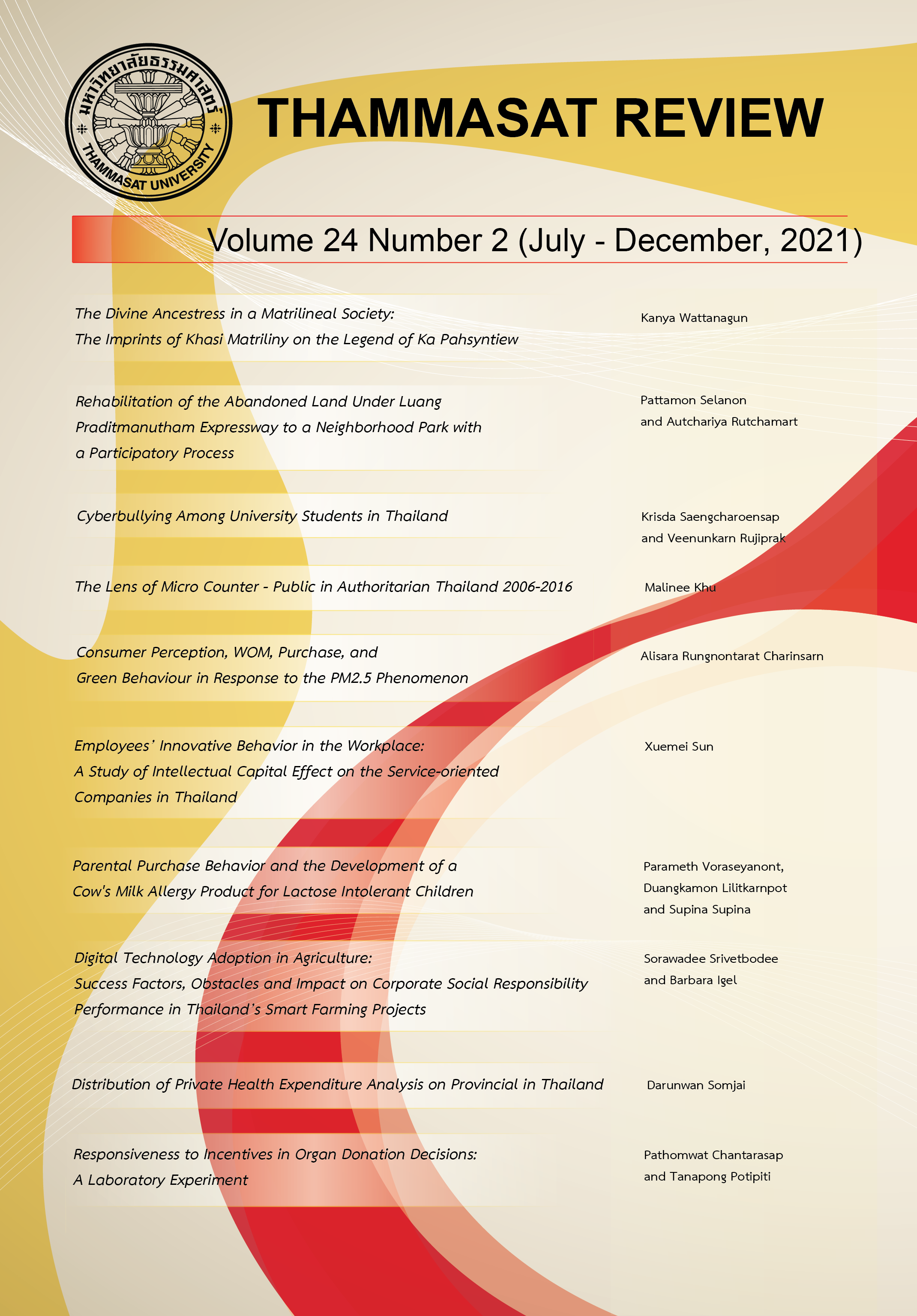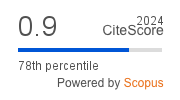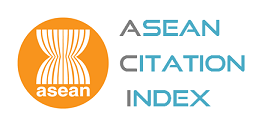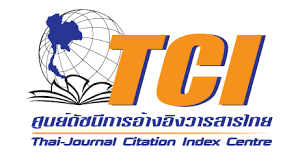Rehabilitation of the Abandoned Land Under Luang Praditmanutham Expressway to a Neighborhood Park with a Participatory Process
Keywords:
Rehabilitation, Abandoned land under the expressway, Participatory process, Neighborhood parkAbstract
In order to increase the green area ratio of the city and meet World Health Organization (WHO) standards, Bangkok city planners attempt to transform abandoned land under expressways into public green spaces. The land under the Luang Praditmanutham expressway is surrounded by a number of urban communities, is currently in a state of deterioration, and is ineffectively used. This article is based on participatory research aiming to (1) investigate potential uses and constraints of the land, (2) scrutinize needs of the surrounding communities, and (3) propose a suitable park design for the Luang Praditmanutham expressway development plan. The research methodology was divided into 3 phrases: site survey, needs analysis, and public hearing. The research findings are derived by content analysis and triangulation. This research found that (1) the abandoned land under the Luang Praditmanutham expressway has the potential to be transformed to a neighborhood park, (2) the residents in the surrounding communities have a high demand for area development especially for greenery spaces and parking lots, (3) the alternative park design concept of “Nature in the City” won over the “Community and Sport” concept reflecting the needs of the community for natural area rather than community activities. Contributions from this study include (1) promoting a participatory process in the development plan, (2) fostering a collaborative learning process in the stage of decision making, and (3) enhancing urban space to make a city more sustainable.
Downloads
Published
How to Cite
Issue
Section
License
The opinions and ideas expressed in all submissions published in Thammasat Review are solely that of the author(s) and do not necessarily reflect that of the editors or the editorial board.
The copyright of all articles including all written content and illustrations belong to Thammasat Review. Any individuals or organisation wishing to publish, reproduce and distribute a particular manuscript must seek permission from the journal first.








